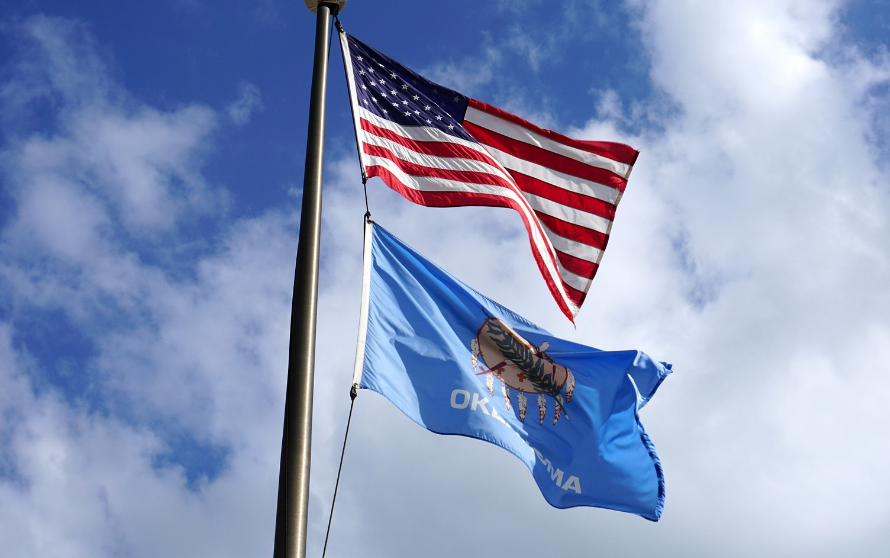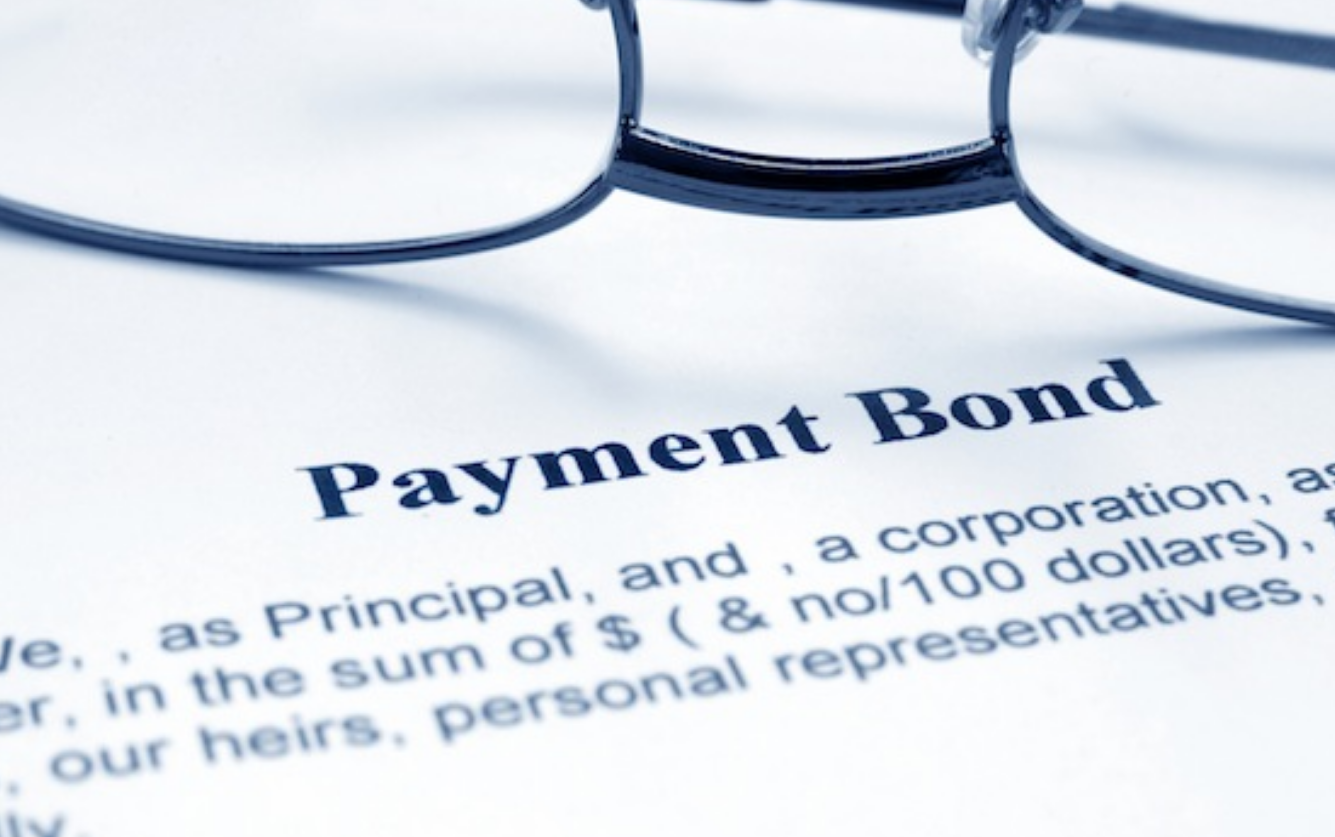
New York Mechanic’s Lien Invalidated for Failure to Provide a Statement of Account: Don’t Squander Your Lien Rights
If you take the time to properly secure a mechanic’s lien, don’t squander your security. Make sure you diligently take the appropriate steps to follow through with subsequent legal requests.
Earlier this year, the New York Supreme Court cancelled a claimant’s mechanic’s lien because the claimant failed to timely provide an itemized statement in response to a Demand for an Itemized Statement.
First, a Look at New York Mechanic’s Liens
When furnishing to private commercial projects in New York, there is no preliminary notice requirement and the mechanic’s lien deadline is 8 months from last furnishing materials or services. One year from the date of the mechanic’s lien filing, the lien claimant must file suit to enforce the lien or file an extension of lien.
New York is an unpaid balance lien state, which means the lien is enforceable for the unpaid portion of the contract. Therefore, as a best practice, potential claimants should file liens as soon as possible to trap funds.
The owner or contractor may serve a Demand for Itemized Statement upon the lien claimant. A formal response must be given within 5 days or the lien may be forfeited.
§ 38. In case the lienor fails to comply with the order so made within the time specified, then upon five days’ notice to the lienor, served in the manner provided by law for the personal service of a summons, the court or a justice or judge thereof may make an order cancelling the lien.
The Case of the Cancelled Mechanic’s Lien
In December 2013, Pizzarotti IBC LLC (Pizzarotti) contracted with Batirest 229 LLC. Then, in August of 2015, Pizzarotti filed a mechanic’s lien in the amount of $365,267. In response to the mechanic’s lien, Batirest, within its rights, served a Demand for an Itemized Statement.
Under New York mechanic’s lien law, section § 38, a lien claimant may be required to provide an itemized statement. Should the claimant fail to provide the statement within the allotted time, the lien can be canceled.
§ 38. Itemized statement may be required of lienor. A lienor who has filed a notice of lien shall, on demand in writing, deliver to the owner or contractor making such demand a statement in writing which shall set forth the items of labor and/or material and the value thereof which make up the amount for which he claims a lien, and which shall also set forth the terms of the contract under which such items were furnished.
In April 2016, Pizzarotti had yet to provide the itemized statement and by July 2016, Batirest petitioned the courts to have the lien dismissed. Then, in August 2016, Pizzarotti submitted the itemized statement, failing to include the terms of the contract as required, and boldly stated the statement was submitted timely (…a mere 5 months after the court order, and 12 months after the original demand.).
As you can imagine, Batirest argued the statement was untimely, not to mention incomplete, based on a separate argument over the terms of the contract.
Ultimately, Batirest was successful in its arguments and the court cancelled Pizzarotti’s mechanic’s lien.
“Instead of setting forth the terms of the contract, respondent argues that it need not comply with that portion of Section 38 because the terms of the contract are not disputed. Respondent does not provide support for this assertion, and petitioner contends that the contract is disputed. When respondent failed to comply with the order, petitioner appropriately sought cancellation of the lien under Section 38. Accordingly, it is ORDERED that the petition is granted and the lien is cancelled.”
The Takeaway
Securing lien rights is a process and the process doesn’t simply end once the lien is filed. Pay attention to actions required (or demanded) once the lien has been filed. Monitor correspondence and if you receive a legal document, ensure counsel reviews it to confirm whether any actions need to be taken.
You can read the legal opinion here: In the matter of Batirest 229, LLC (Pizzarotti IBC LLC), 2017 NY Slip Op 30111 – NY: Supreme Court 2017.








